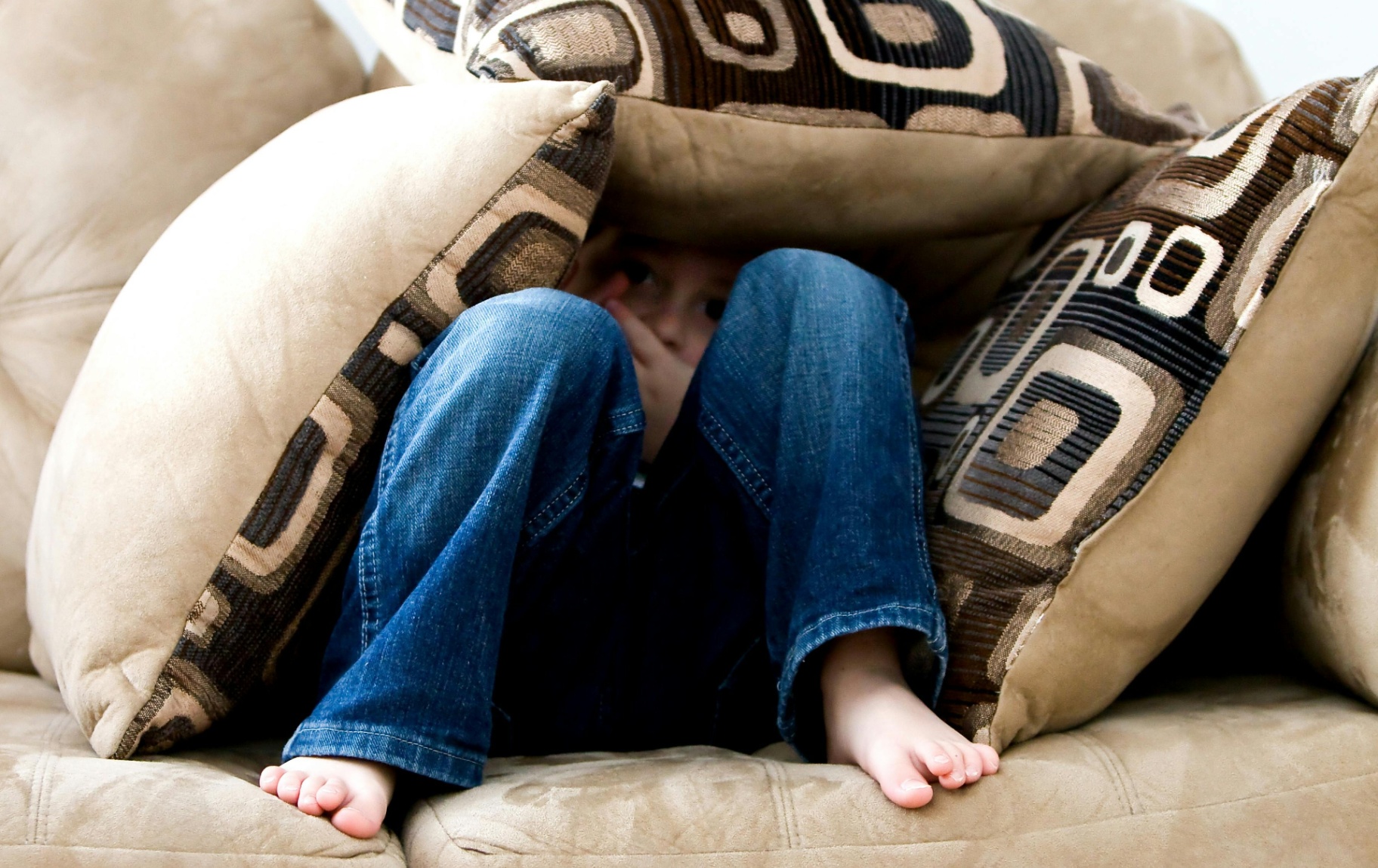Unwinding After School: Understanding After-School Restraint Collapse

by Annika Menges, tLMHC
Your child’s teacher mentions at school pick-up that your child had a great day and was very well-mannered and behaved. However, as soon as you and your child leave school and arrive home, the ultimate meltdown erupts. You realize this has become a frequent pattern, leaving you feeling confused and frustrated. Why is it easy-breezy at school, and a hot-mess express at home?
If this sounds familiar, you are not alone and you may be dealing with after-school restraint collapse!
What is after-school restraint collapse, and why does it happen?
Andrea Loewn Nair, a counselor and parenting educator, coined the term after-school restraint collapse to describe the common behavioral response of children releasing all of their emotions once they are in a safe space.
Think of it like a shaken soda bottle. Children use up energy all day long to hold it together while navigating challenges at school (the bottle gets shaken up). This can be particularly difficult and exhausting because they don’t have your presence with them. Once they are out of the school environment and back in your presence, they experience an intense rush of emotions that come out in a variety of ways (the bottle exploding after opening it). These emotional meltdowns may look like crying, being unreasonably stubborn, anger, screaming, throwing things, saying hurtful things, or pushing you away after being reunited.
After-school restraint collapse is a meltdown, rather than tantrum. A tantrum can be described as an outburst where the child still has some control over their behavior. For example, if your child is having a tantrum after having their toy taken away, their behavior would likely stop if the toy was given back.
If the same situation is occurring and the child is having a meltdown, giving the toy back would not stop the behavior. This is because a meltdown can be viewed as an outburst where the child loses all control of their behavior, and the behavior only subsides when they wear themselves out.
So what do we do, and can we prevent it?
During a meltdown, make space and validate. As long as your child is not hurting themselves, others, or causing destruction, make space and allow for the outburst to play out. You can support them through the meltdown by validating their emotions. For example, you might say “you are feeling so exhausted after a long day” or “I’m here with you”.
Create time for decompression activities. Building a habit of doing an activity your child can use to decompress after the day can help them navigate through their intense emotions. Decompression activities can be a variety of things depending on what your child may need at that moment. Some examples may include: coloring, listening to music, blowing bubbles, activities to get their bodies moving (riding bikes, jumping, somersaults, etc.) or having a quiet space.
Evaluate for and meet basic needs. While this seems like an obvious tool, evaluating if your child needs something to drink, is hungry, or needs to use the bathroom initially after pick-up can be helpful in navigating any intense emotions or behaviors your child may be experiencing. For example, having some snacks or water handy in the car or laid out to choose from when arriving home!
Build a habit of positive connection and reconnection. Building a habit of positively connecting with your child throughout the day even when you are not physically present, and reconnecting with your child after being apart for the day. For example, using an “invisible string” metaphor to let your child know you are always supporting them even when you are apart, leaving notes in their lunch boxes, or keeping a memento of connection for them to take with them to school. In addition, doing something together after reuniting with your child to promote positive reconnection. This can any activity this is suitable for you and your child that creates a sense of connection!
 Annika works with kids, teens, and adults using CBT, ACT, ERP, and Adlerian Therapy. Interested in learning more about Annika and what she can offer? You can find more here, or contact us at 319-250-1267 to schedule.
Annika works with kids, teens, and adults using CBT, ACT, ERP, and Adlerian Therapy. Interested in learning more about Annika and what she can offer? You can find more here, or contact us at 319-250-1267 to schedule.
Citations:




